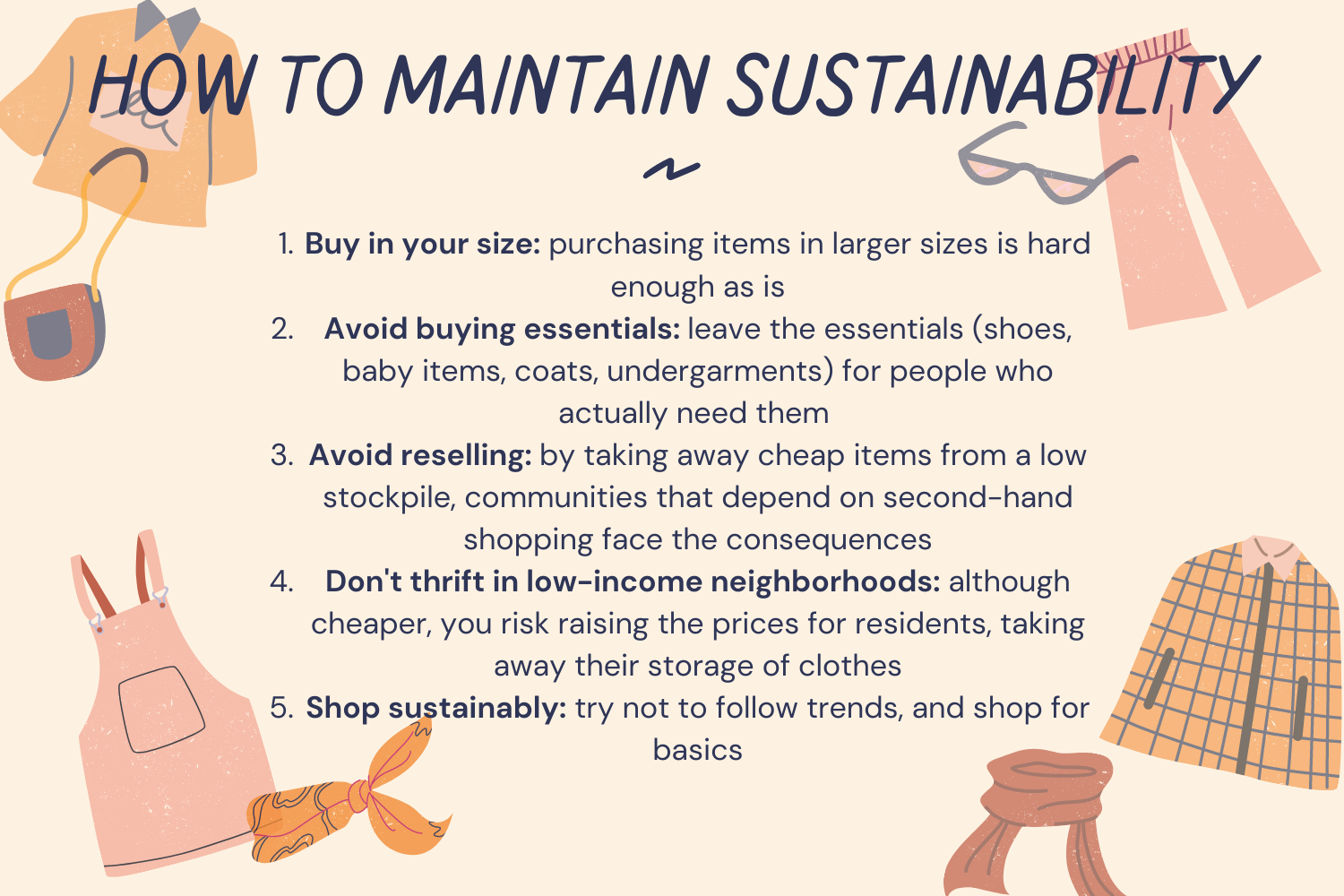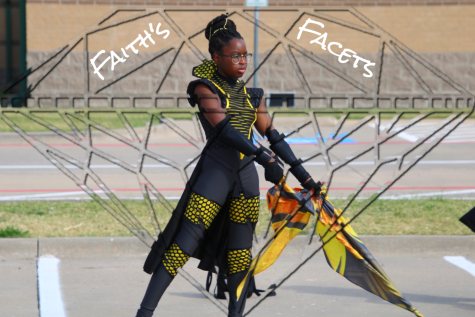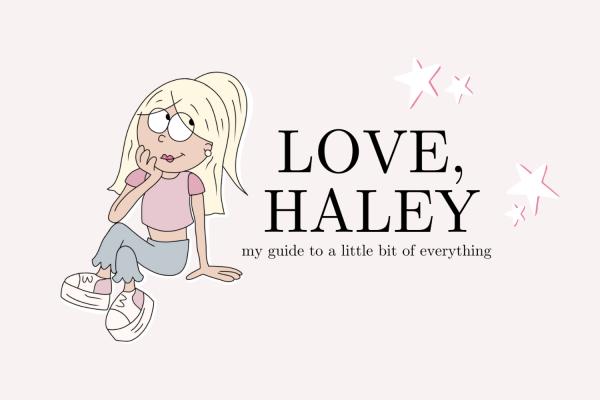Shopping sustainably
Keagan Henman (Free to use under the Unsplash License)
In a world where fashion trends constantly come and go, there isn’t too much of a fallback for one to practice sustainable shopping. As fast fashion increases, there are many aspects of the world that begin to worsen.
January 11, 2022
Recently, Gen Z has become more aware of environmental friendliness. Along with this,
a new trend has risen to the surface: thrifting. Adele Meyer, executive director of the National Association of Resale and Thrift Shops refers to it as the “thrifting renaissance,” and this campus is no exception to this trend.
Sophomore Shikha Bolar found herself thrifting during the winter break.
“I think it’s really cool to be able to find clothing that is unique as well as affordable,” Bolar said.
The ethics and sustainability of thrifting should be kept in mind when participating. It is important to keep in mind that thrift shops are a way to provide “accessible and affordable products for lower-income communities,” And now, people from all economic backgrounds have piqued an interest in shopping second hand. When the demand exceeds supply, prices tend to rise. With the increased popularity of shopping sustainability, there has been an increase in thrift shop prices, harming those who actually need the clothes.
Social media plays a large role in clothing trends. Platforms like Instagram and Facebook create a space for fast fashion brands such as SHIEN, Forever 21, and Fashion Nova, among others. As of now, TikTok, an app created to give quick video content, is the best way to keep up with trends, only propelling the issues of overconsumption. According to Masterclass, there are 5 stages of the Fashion Cycle:
- Introduction
- Increase
- Peak
- Decline
- Obsolescence
Fast fashion passes all of these stages in a matter of months, sometimes days. These trends are called miro-trends, a trend that quickly rises in popularity, but falls exponentially.
Sophomore Khushi Verma mentions how TikTok only adds fuel to the fire.
“I think TikTok is a great app that can give a platform to cool creators, but is also a platform that encourages the passing and going of micro-trends,” she said. “In combination with targeted clothing ads, a lot of popular creators participate in small trends, creating a wave of people following in order to stay trendy,”
These trends do not only exist in the online world. Bolar recognizes the impact fast fashion has at school.
“None of us want to be left out, so a lot of students tend to participate in these fleeting trends in order to be accepted,” she said. “But once the trend is over, people feel the need to consume more clothing, creating a never-ending cycle of customer consumption.”
The fashion industry doesn’t only impact one’s popularity at school but looms over the well-being of the environment. The fast fashion industry creates cheap, easy-to-make clothing based on micro-trends. These factories are usually in underdeveloped countries, where manufacturers can find cheap labor; because of the lack of regulations, untreated water from clothing dyes and mass amounts of plastic microfibers enter our ocean.
Verma recognizes the devastating impacts over consumption and mass production have on the world.
“It is important to reflect on the goods you purchase,” she said. “It’s super hard to maintain ethical consumption, especially nowadays, but through research and moderation, I think we could lessen the pressure of mass production.”











